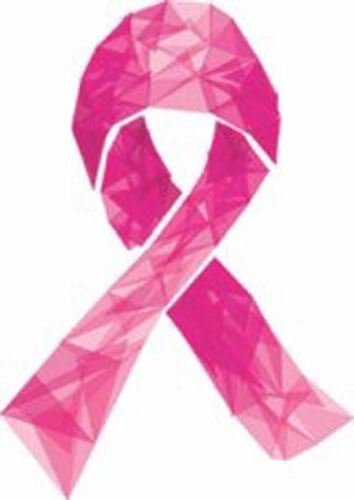Mammograms help to detect breast cancer early, improving women’s prognosis as a result. Susan G. Komen states that mammography is the most effective breast cancer screening tool in use today.
When women should begin getting mammograms remains open to debate. The American Cancer Society now recommends that women between the ages of 45 and 54 receive annual mammograms.
Despite the benefits of mammograms, many women avoid them out of fear of the pain and discomfort associated with the procedure. But researchers are examining how much pressure mammogram machines need to apply to get accurate breast images.
Until widespread customized mammograms are offered, women can take various steps to reduce the amount of discomfort they feel while undergoing these important screening procedures:
Apply a topical numbing gel. Breas
Schedule your procedure for the right time. Do not schedule a mammogram right before or during a menstrual cycle, when breasts already are very tender due to hormonal changes. Waiting until seven to 14 days after a period is a better bet.
Take pain relief pills. A physician may suggest taking ibuprofen or acetaminophen prior to the appointment to reduce discomfort before and after the procedure.
Speak with the technician. Women can express their concerns about pain to the mammogram technician, who might suggest various ways to minimize discomfort.
Learn about padding. Find an imaging center that uses padding on mammogram plates. MammoPad is a soft, white, single-use foam pad that is invisible to X-rays.
Avoid caffeine. Some women find that caffeine contributes to breast tenderness. Avoid caffeine the week before the procedure.
Mammograms are an important health care tool. Reducing discomfort may encourage women to follow guidelines regarding mammograms more closely.

























